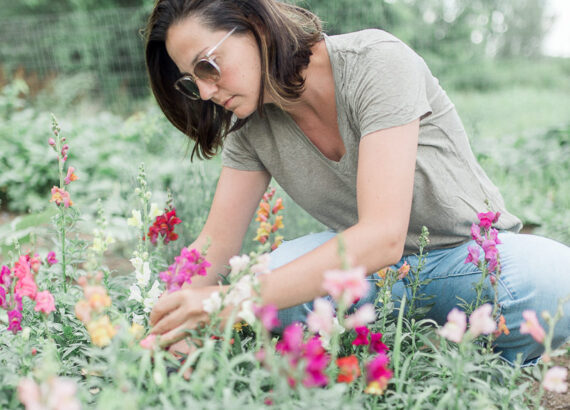Farmhouse Makeover: German Smear/Schmear
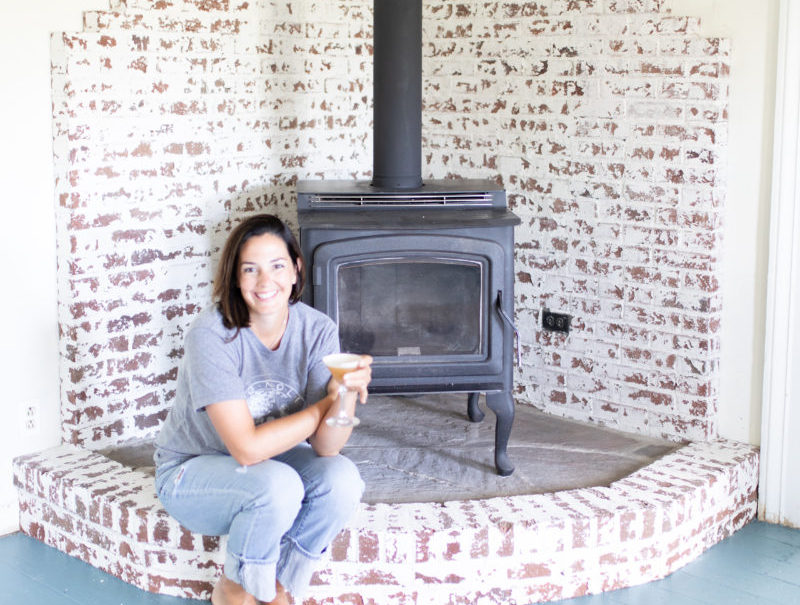
Before I begin, I first need to address the smear vs. schmear situation. If you google this technique, both will names show up in the search. So for purposes, I am using “schmear” because it is far more fun to say, and seems more authentic. So there ya go.
So the SCHMEAR. This idea was born from a desire to reinvent our old Greek Revival, brighten up the space and have it reflect more of our personal style. I’m beginning to think my style is “white” – everything I buy or paint is light and white. I need more color in my life – but I digress.
Enter this brick monstracity in the living room. When I was growing up, it was my stage. I can remember countless concerts on those bricks, even if only a foot off the ground. I remember watching the flames dance in the woodstove, sitting by the warmth radiating from the cast iron. That hearth has been present for some of the most pivotal moments of my life – first kisses, breakups, birthdays, New Year’s celebrations. I knew I could never remove it, especially now that I have a son and I hope to watch a concert or two as he serenades me from those same bricks.
But the fact remains – this house needs to reflect who I am now as much as it pays homage to who I was. It also needs to reflect the joint identity that Scott and I have created together – my childhood home is now his home, too. The brick corner felt dark, heavy, and in desperate need of change.
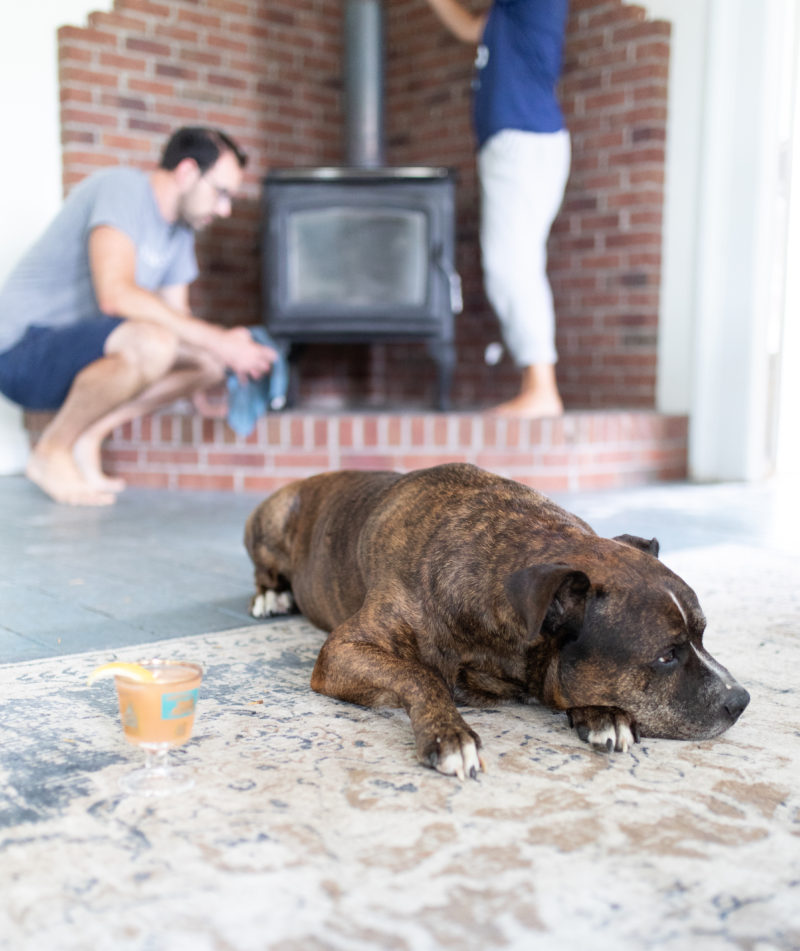

So many inspiration photos exist on the interwebs of beautiful white brick, but so many techniques work to achieve that look: whitewash, limewash, paint. And then I stumbled upon “German Schmear”, a technique historically used across Europe to fortify old structures. So many articles cautioned the woes and pitfalls of whitewash, and paint just seemed too permanent. Maybe symbolically I didn’t want to completely erase the past, so I needed to find a way to allow the original brick to peek through.


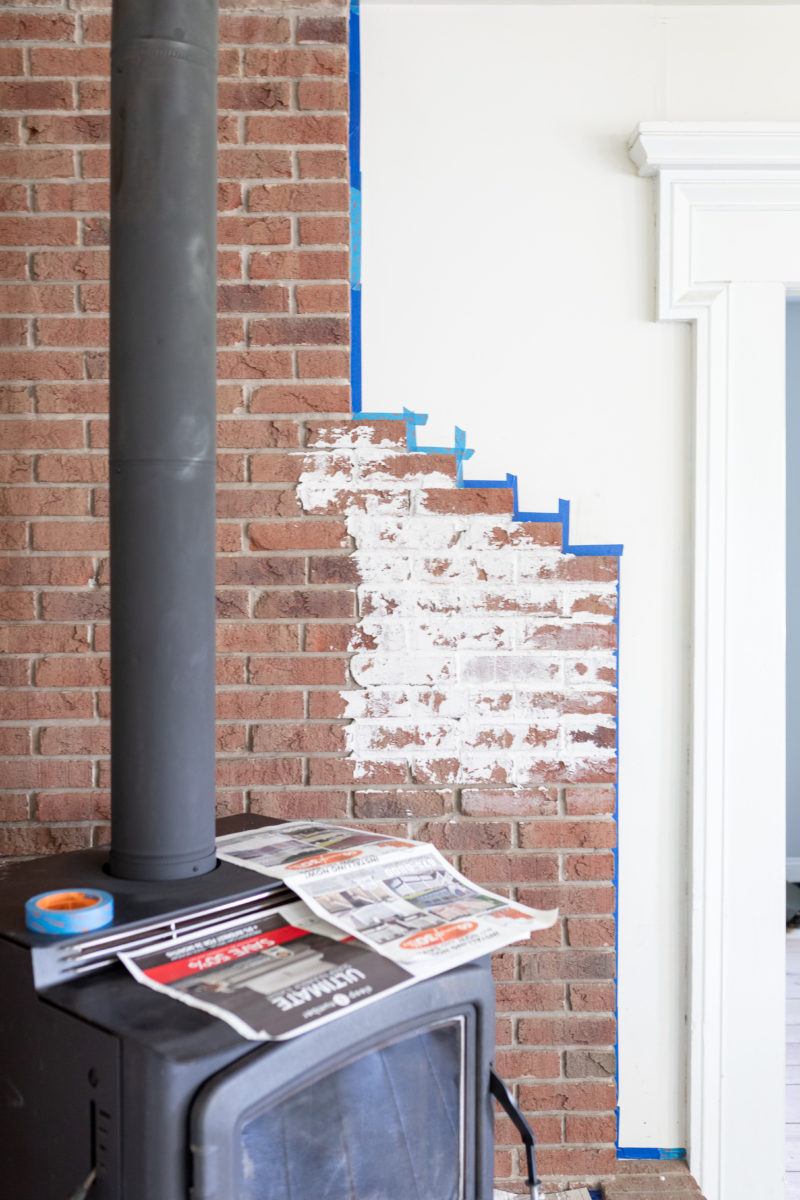
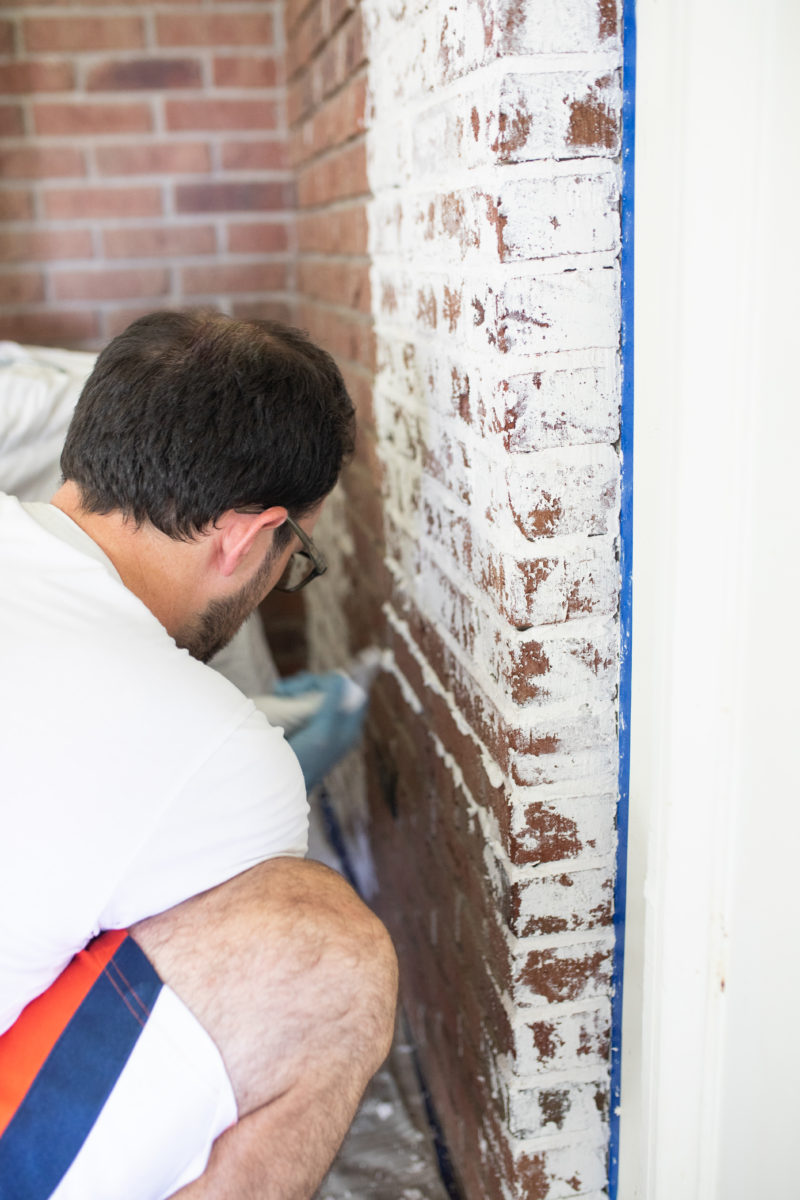
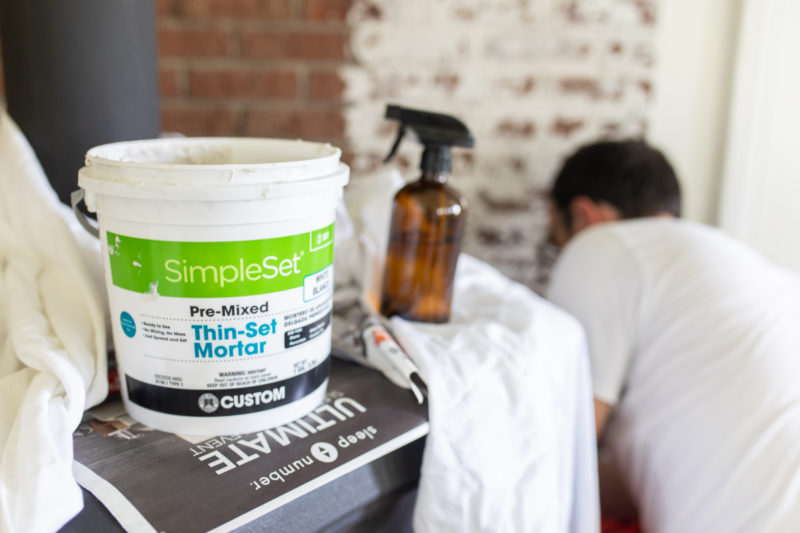
We settled on the German Schmear and gathered the tools: white mortar (we first started with pre-mixed but it didn’t go far…), mortar bags, painter’s tape/drop cloths, and a scraper – pretty sure I just used a spackling tool. While I have wielded many a DIY tool in my past, this was only the second joint project that Scott and I had ever tackled (the first was our pallet wall in the kitchen). I have to admit, once we got in the rhythm of Scott’s piping and my smearing, we were a well-oiled machine. Not quite Chip and Joanna, but not bad for Fox Cross.
Here are things you need to know about German Schmear:
- The point is for the look to be abstract, unexpected. There isn’t a science to how much brick is exposed, it’s all according to personal taste. I wanted that beautiful red to show through but was a little heavier handed than I expected I would be.
- Make sure to CLEAN CLEAN CLEAN the brick before you start. We used plain water with a wire brush and just really went over it multiple times to get the dust and debris off completely.
- Depending on the state of your brick and how deep the mortar lines will determine how much mortar you need to mix. Ours were fairly deep, so it took more mortar than we originally thought. We started with a pre-mixed bucket, but moved to a white powder mortar and mixed it ourselves.
- They say to start in an inconspicuous corner – I wish we had. We wanted to start behind the woodstove, but couldn’t get back there easily and I really just wanted to get the hang of it before applying at odd angles. Where we started you’d never know, but we can’t UNSEE the brick that was our first. Our least favorite section of the hearth, hands down.
- The mortar dries quickly, so keep stirring and adding water as necessary to achieve that perfect pipable consistency. That was always the worst part – refilling the bag.
- Essentially all you do is pipe a thick line of mortar in between the bricks and pull the spackling tool along the line to smear it. It’s really that simple. I thought it would be so much harder than it was, though it did take a VERY long time.
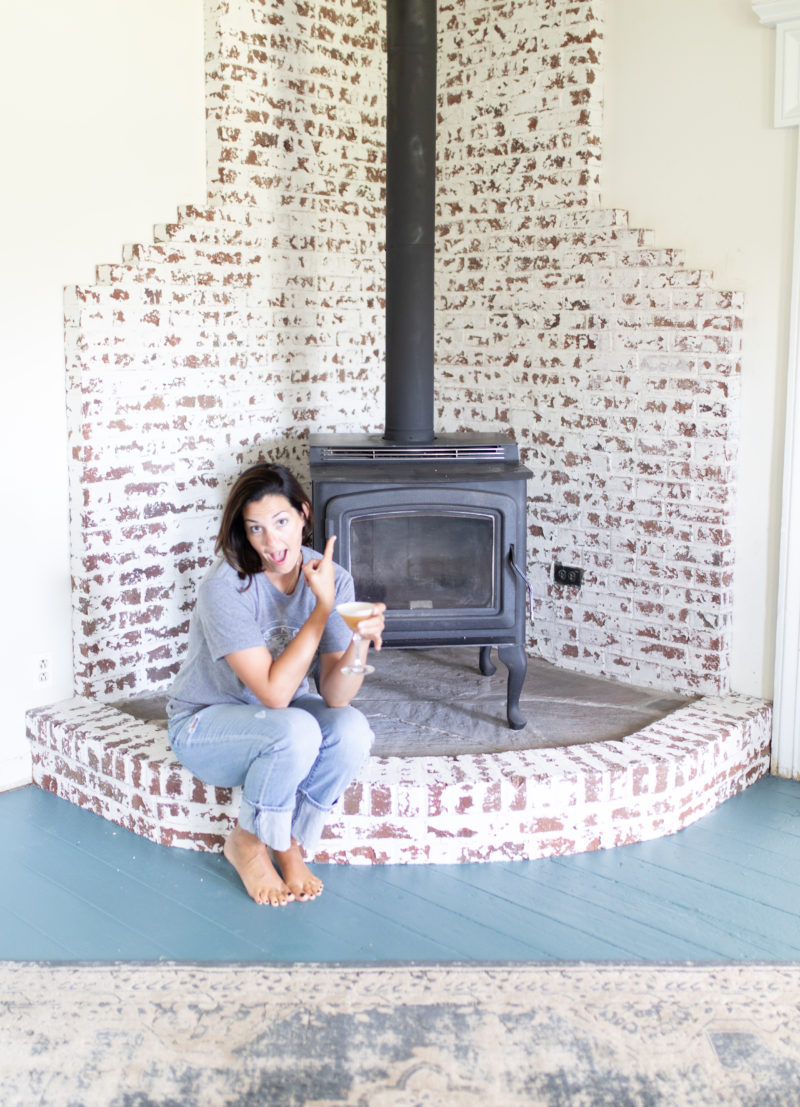
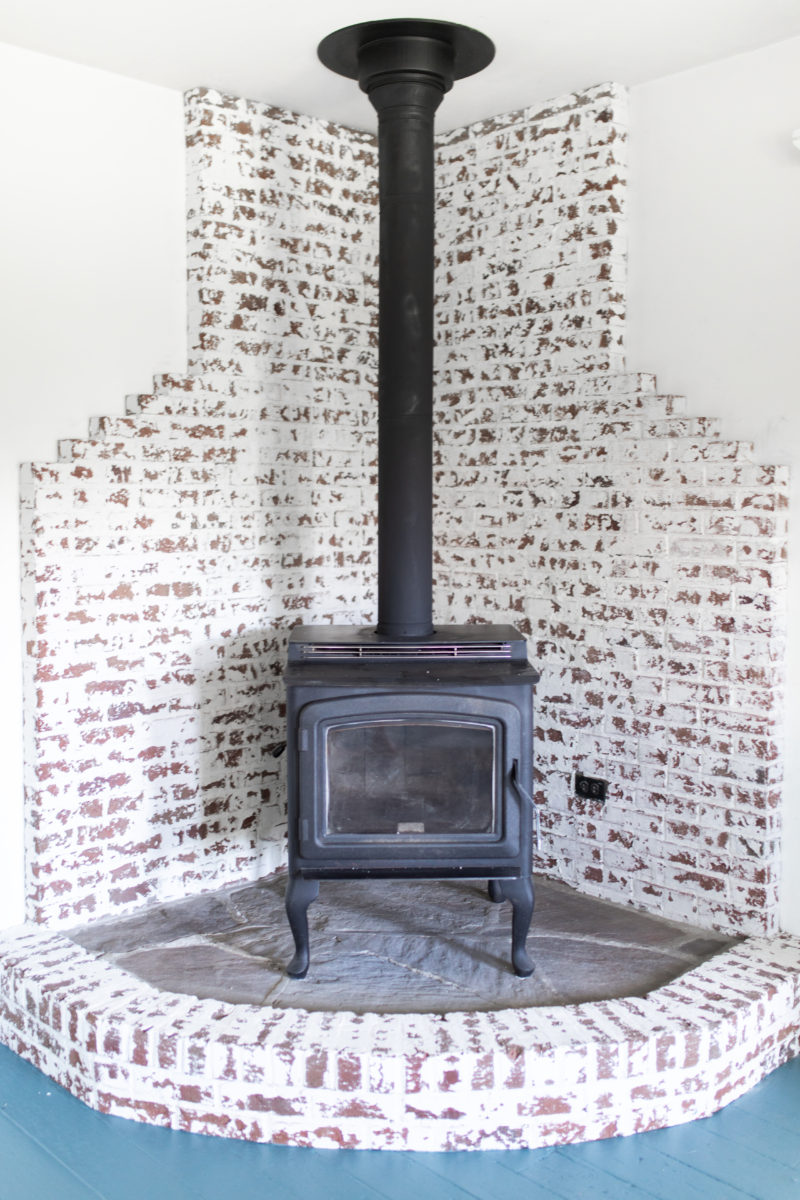
You won’t regret it. You just won’t. It’s our favorite corner of the house now, and it’s the perfect backdrop for ALL the photos. Cocktails. Dogs. Cocktails AND dogs. Kiddos. Decorations. You name it, we have photographed it in front of the German Schmear. Love, love, love.
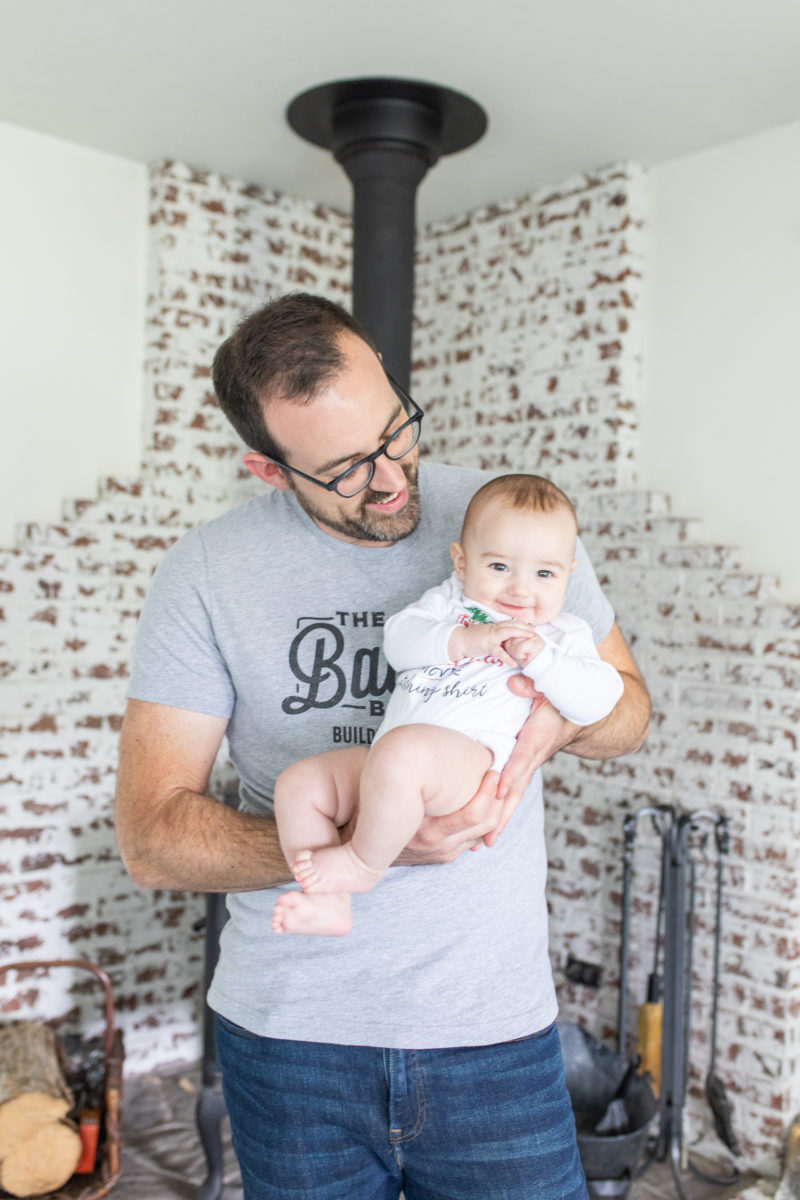


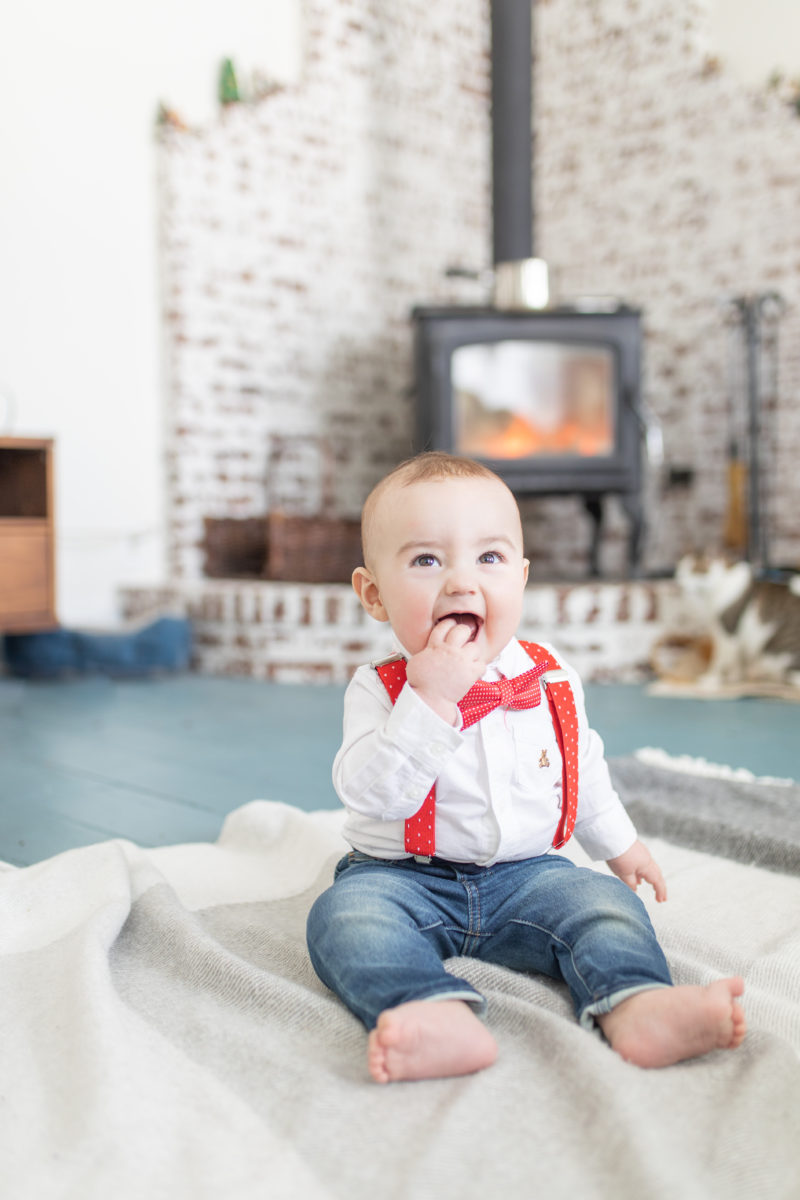

I’m dying to German Schmear something else in this house, but I’m out of brick. So I’m officially for hire to schmear any brick that you may have ;) Best DIY project ever.
Cheers, all.



